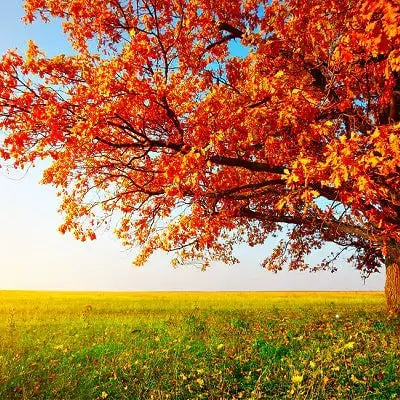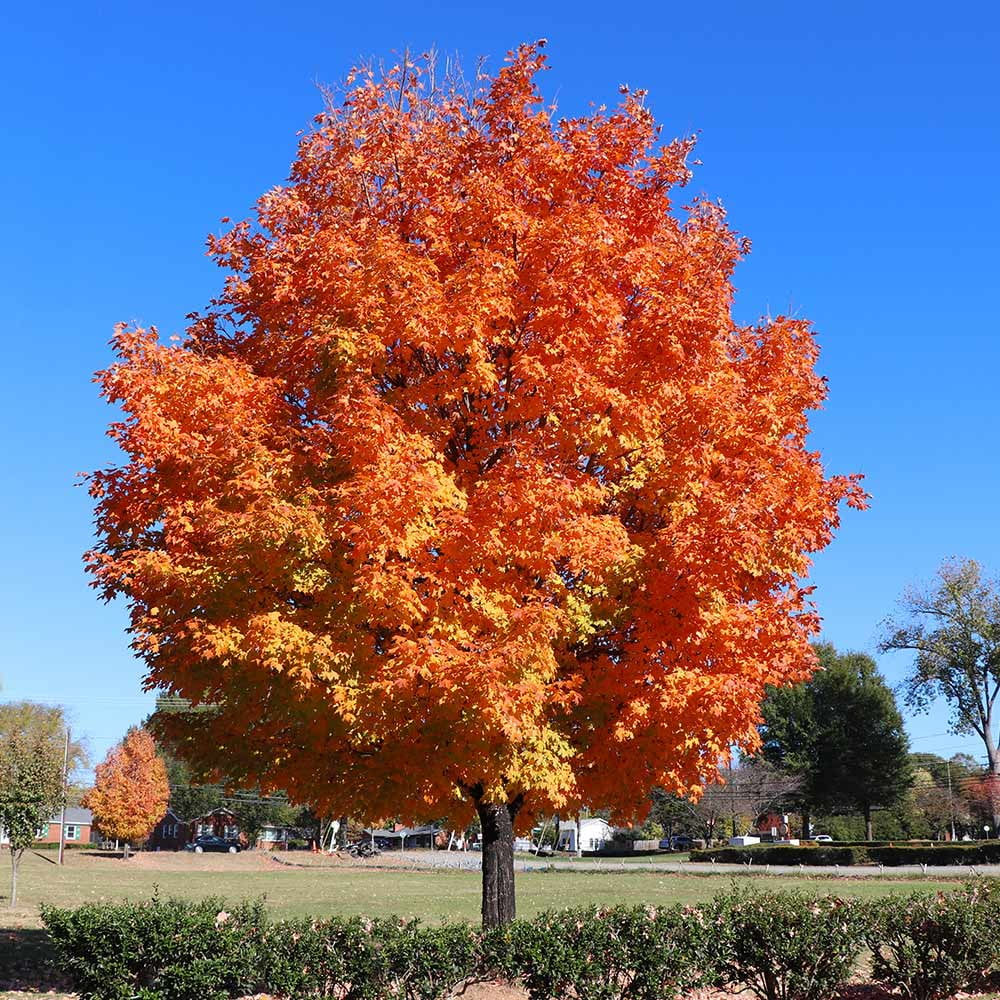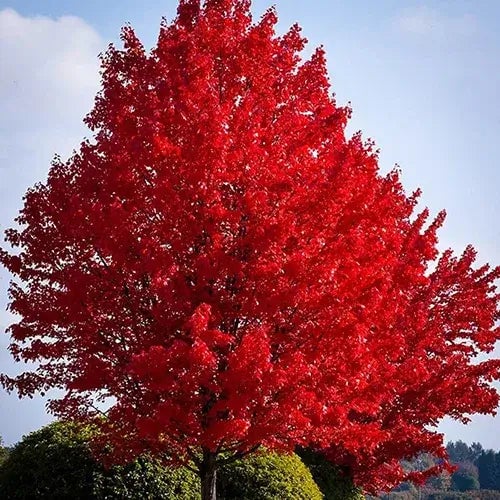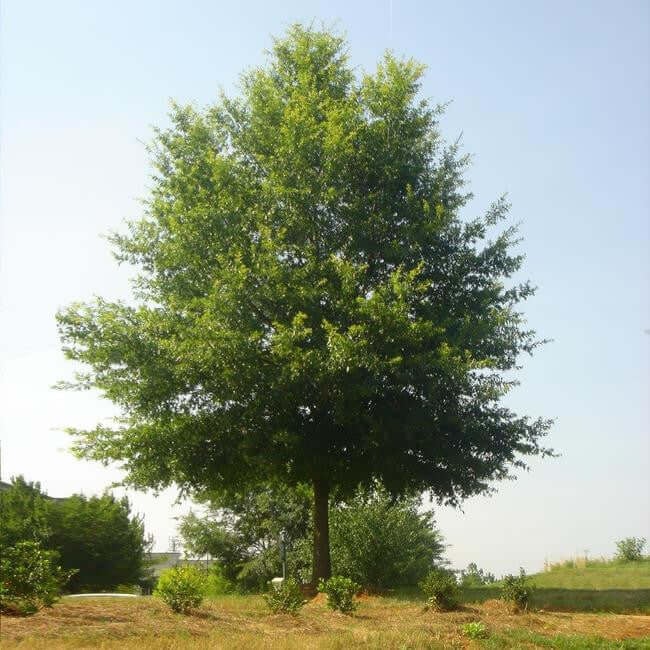Drought Tolerant Plants That Are Super Easy To Grow
A deluge in the Autumn does not make up for a drought in spring. With the unprecedented climatic changes and global warming, drought hits hard for most gardeners. Growing drought-tolerant plants and trees is the surest way of sprucing your yard's mien. Follow along as we dissect four drought-resistant plants that are trouble-free to grow. Drought tolerant plants are the way to go if you want plants with low maintenance.
Maple Trees are Drought Tolerant Plants
Maple Trees provide an excellent source of shade as well as specimen samples. Maples are a symbol of longevity, balance, generosity, and intelligence.
Maple trees consist of up to 10 distinctive species. They include;
Big Leaf Maple -Acer macrophyllum
Sugar Maple-Acer Saccharum
Japanese Maple -Acer palmatum
Red Maple -Acer rubrum
Paperbark Maple -Acer griseum
Silver Maple -Acer saccharinum
Vine Maple -Acer cissifolium
Norway Maple -Acer platonizes
Hedge Maple-Acer Campestre
Hornbeam Maple -Acer carpinifolium
Maples have similar characteristics that make them stand out from other tree species. The maple leaves are divided into sections and resemble the human hand. Botanically, these sections are known as palmately lobed. Maples are deciduous plants. They shed their leaves at the end of each season in brilliant colors. Different maple species have different lobes. The red and sugar maples are three-lobed, while the silver maple has five lobes. Maples grow up to 75 feet at maturity, forming a round canopy at the apex. Their barks are smooth while young and darken as they grow. All maple species yield seed pod fruits. All maple leaves are generally small-the smaller the leaves, the lower the surface area for water loss. The canopy of the maples helps to shade the tree. A shady surface promotes water retention.
In addition to tolerating drought, the maple leaves produce medicinal maple syrup. The red maples add beauty to the landscape and provide shade.
Oak Trees
Oaks are prevalent drought-resistant trees. The oak tree originated from Southern America. Due to its slow but sure growth, the oak is an epitome of resilience, honor, and strength. Oaks are in the Quercus genus.
Oak trees largely diversify into Red Oak and White Oak. The white oak wood is denser and thus more expensive than red oak wood. The white oak is more resistant to decay and porosity. The red oak (Quercus rubra) has several distinct species. They include;
Cherry bark Oak
Scarlet Oak
Southern Red Oak
Shumard Oak
Chestnut Oak
Bur Oak
Water Oak
White Oak
As a drought counter tact, oaks have an extensive taproot system. The lengthy taproot network traps water from deep underneath sources. Trees are 36 feet in circumference with a canopy crown spread of 140 feet. Similar to most arid plants, oaks are deciduous and evergreen. They shed their leaves at the culmination of each season; Their leaves are simple and alternately arranged with lobes. Oakwood is a hardwood extensively used for construction purposes. Red oak is used in wooden flooring and cabinet fixtures. It is also used in beds and couches. The white oak's resistance to rotting makes it favorable for use in boat making. The oak bark is very medicinal. It is widely used to treat eczema, arthritis, varicose veins, fever, bleeding gums, etc. The oaks' entire canopy and branch network act as a windbreaker during storms. Privet Shrubs
The private shrub takes pride in its use as a hedge plant. Privets are under the Ligustrum genus. There are three predominant species of private shrubs; The Border privet is a Japanese native privet shrub. This Ligustrum obtusifolium grows up to 11 feet high. The Border privet has dark green leaves and produces fruits during Summer.
The European privet, Ligustrum vulgare, grows up to 13 feet. This private species is commonly used as a hedge. Its leaves are oval, oily, and dark green. The stem of the European privet supports the long, leafy branches. This private species is fully evergreen and deciduous.
The Chinese privet, Ligustrum variegate, is generally short. This species grows to a height of 10 feet. The leaves are small and yellow.
All the private species have small leaves with thick waxy cuticles. The small leaves truncate the surface area for loss of moisture. The smaller the leaves, the lesser the number of stomata per unit area. The stomata on the leaves are responsible for transpiration. The thick waxy cuticle insulates the leaf surface against excessive loss of water. The private plants have a deep taproot system. The taproots consistently tap water deep below the earth's strata.
Besides, to use as a hedge, the private plants have medicinal value. The juice extract from their leaves maintains osmoregulation in the body and relieves pain, arthritis, and the common cold.
Forsythia Plants
The forsythia is an exceptional drought tolerant plant; the Forsythia plant belongs to the Oleaceae family and Forsythia genus. The Forsythia plant is native to East Asia.
The Forsythia plants thrive in hot sunny conditions. They have narrow leaves with a thick waxy cuticle. The leaf narrowness decreases the rate of water loss during transpiration; The forsythias have long and thin stems. Their slender stems make them spread out.
The Forsythias grow up to eight feet tall and spread out to 10 feet horizontally. Their flowers grow in bell-shaped clusters and bud entirely in Autumn. The Forsythias require regular pruning for vibrant growth.
Forsythias are renowned for their use as hedges. They offer excellent sound filtering and privacy. Forsythia plants also have a wide array of health benefits. The oleanolic acid in the Forsythia shrubs boosts the cardiac muscles. The Forsythia leaves relieve sore throats, frequent colds, and arthritis; They offer great nutrients mixed with gravy or tea. The forsythia flowers produce excellent salad toppings. These flowers also provide lotion and jelly.
A Guide to Building a Bed for Plants in Dry Weather
A solid and water-saving garden bed is an optimal solution for helping your plants flourish during periods of low rainfall. Correct planning, combined with suitable materials and techniques, allows gardeners to build plant beds that retain moisture and supply nutrients exactly when plants need them. Here's an all-inclusive tutorial on creating a plant bed that functions well in dry conditions, ideal for areas with little rain or drought.
1. Choosing the Right Location
Choose an appropriate place in your garden to begin. Look for a planting area that provides enough sunlight for your selected plants since some vegetables require at least six to eight hours of sun daily. Drought-tolerant plants can struggle under intense afternoon sun, so find a spot for your bed that gets shaded during peak heat hours if possible. This practice will decrease water loss and plant stress.
In high-wind areas, it is essential to place your garden bed in a location protected from wind. The wind rapidly removes moisture from the soil, making sustaining stable moisture levels more challenging. A bed next to a fence or structure creates a partial windbreak that assists your plants in retaining essential moisture.
2. Selecting an Appropriate Bed Type
You can choose from multiple garden bed types, such as raised beds, in-ground beds, and container gardens. Raised beds offer distinct benefits when used in dry climate conditions. These beds help you mix organic material into confined areas, which boosts water retention. Raised beds also enable gardeners to manage soil texture more effectively, which prevents compaction that restricts water absorption.
Sunken beds prove to be effective water-capturing structures in dry environments. These beds sit slightly below ground level, enabling rainwater or irrigation water to seep into the soil instead of running away. Ensure the bed depth matches your plants' root requirements regardless of the chosen style. Since drought-resistant plants develop deeper root systems, plan your bed depth according to the specific root requirements of your chosen plants.
3. Improving Soil Quality and Moisture Retention
Healthy soil allows successful plant growth throughout all climate types, though its role becomes critical when water availability decreases. Add a large quantity of organic matter like compost, manure, or leaf mold to your garden bed to improve soil health. These materials improve water retention while promoting beneficial organisms and enhancing soil structure. Organic matter functions like a sponge by absorbing moisture and gradually providing it to plants.
Consider incorporating natural amendments such as coir (coconut fiber) or peat moss if your soil contains sand. Sandy soil lets water flow through at high speed, but clay soil tends to become dense, needing organic matter to break up its structure. Work toward soil that combines drainage capacity with appropriate moisture retention.
4. Mulching for Water Conservation
In arid regions, mulch is essential because it reduces water loss through evaporation while controlling soil temperature and preventing weed growth that competes for moisture. Once you finish planting, place a mulch layer two to three inches deep around your plants. Straw, wood chips, shredded leaves, and dried grass clippings are typical mulch materials. Never accumulate mulch directly around the stems or trunks, as it can lead to rot and pest infestations. The mulch layer needs regular replenishment because it decomposes and becomes thinner over time.
5. Choosing Drought-Tolerant Plants
When preparing a garden bed for dry seasons, prioritize plants with low-water survival adaptations. These plants have evolved thick foliage or extensive root structures, which allow them to prosper despite scarce water supplies. The drought-resistant plants suitable for dry conditions include lavender, rosemary, sage, yucca, and ornamental grasses. Some vegetable varieties, like okra and specific pepper types, perform better under heat and dry conditions than others.
Choose seeds or plants with labels indicating "heat-tolerant," "drought-resistant," or "xeric" properties. Grouping plants with similar watering requirements leads to more efficient irrigation patterns.
6. Efficient Irrigation Practices
Water conservation is essential in dry climates. The best method for watering plants involves drip irrigation systems or soaker hoses because they transport water straight to plant roots while minimizing evaporation and runoff. Hand watering plants directly at their base provide effective moisture delivery when drip systems are unavailable, yet overhead watering is avoided to prevent quick water loss and fungal growth.
For optimal water retention in your garden bed, water early in the morning or late at night. Plants benefit from infrequent deep watering sessions, which promote strong root development rather than light and regular surface watering. Your plants will show greater endurance against high temperatures and dry conditions. Pay attention to plant stress indicators such as wilting foliage or limited development to modify your watering routine.
7. Regular Maintenance and Monitoring
Beyond building the bed, maintenance is crucial. In dry regions, weed control becomes critical since weeds deplete the vital moisture your plants need. Act quickly to eliminate unwanted vegetation while keeping a dense mulch layer to prevent weed emergence. Monitor your plants for deficiency signs or pest activity because plants under stress become more vulnerable to problems. The health of your soil benefits from the periodic application of organic fertilizers, which deliver essential nutrients to your crops.
Establishing a plant bed during arid conditions requires additional planning and thought. Still, you can develop a thriving, sustainable garden by choosing an optimal location and quality soil amendments, selecting drought-resistant plant species, and managing water use efficiently. By providing proper care and attention, your garden bed will yield an abundant harvest of flowers, herbs, or produce, even in dry conditions.
Read more

Have you ever seen a blueberry bush in full bloom? The blueberry bush is a beautiful plant because of all its many uses.The blueberry bush isn’t just a berry plant that bears fruit but also gives y...

Have you ever wondered why leaves change colors in the fall on trees? It’s a simple process, actually; Simpler than you may think.Photosynthesis is when plants turn water and carbon dioxide into ox...





